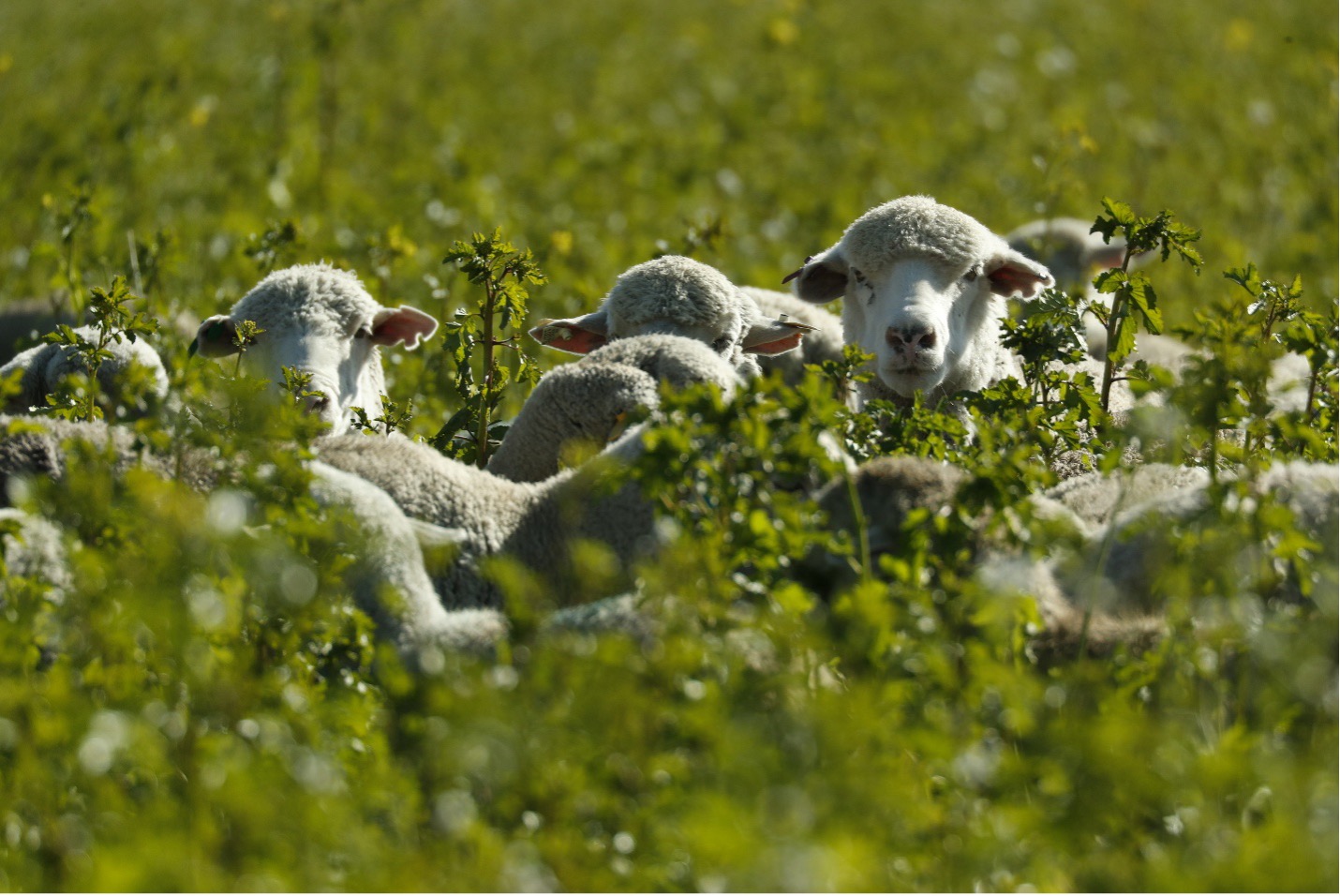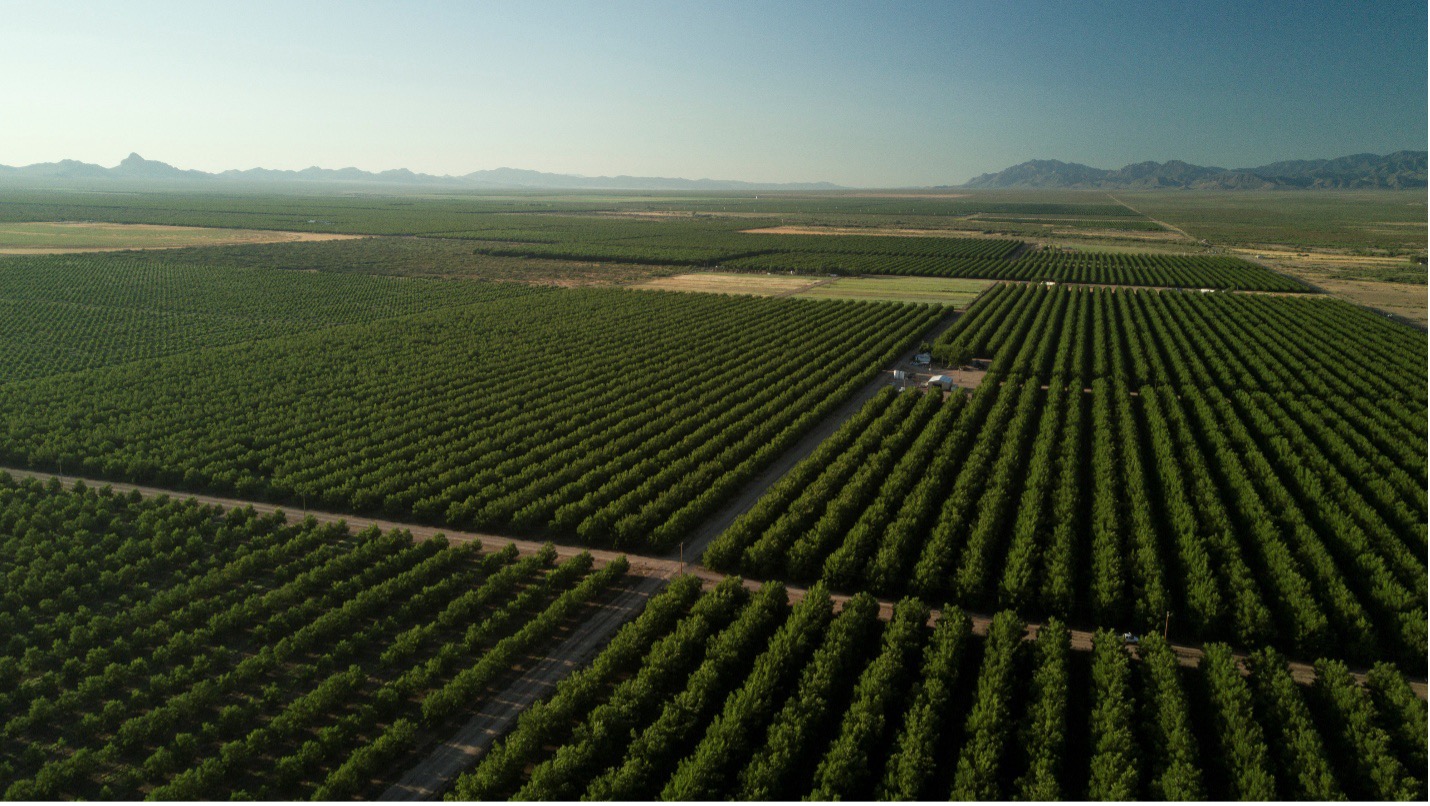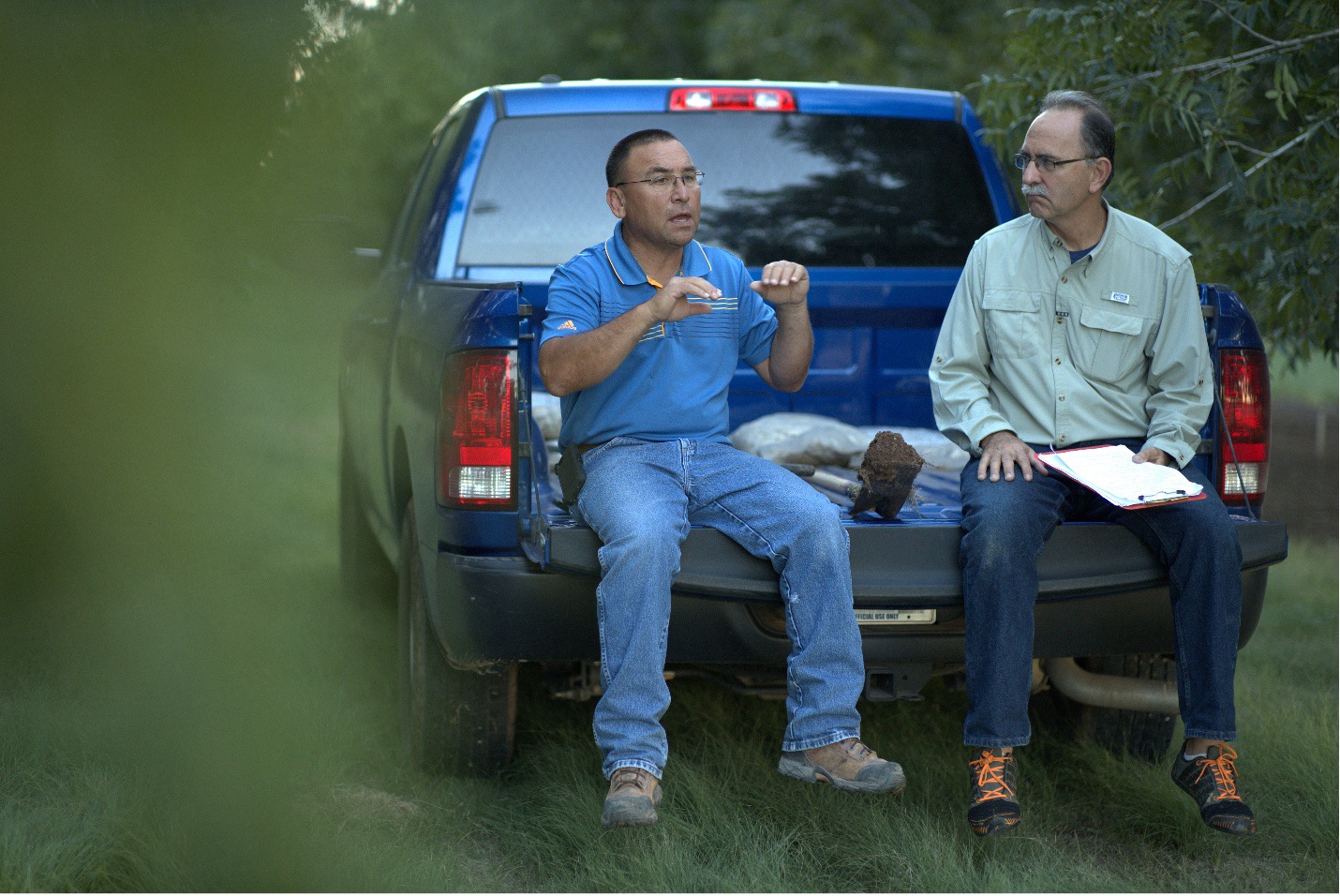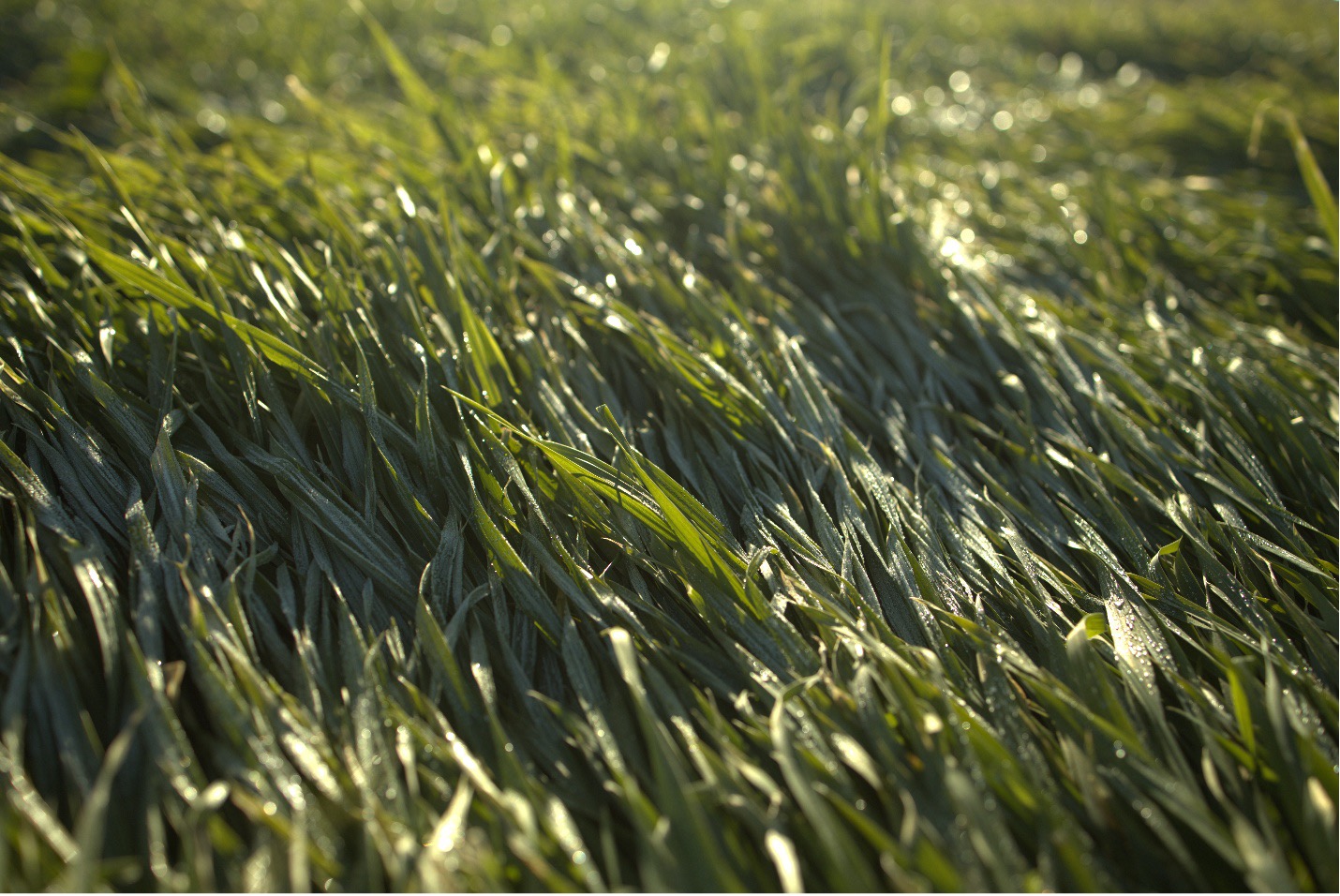Will Metts' Regenerative Farming Revolution in Greenwood, SC


Will Metts is a multi-generational organic vegetable farmer near Greenwood, South Carolina. When he came into the land, the soil was nutrient deficient due to a tenant farmer that had intermittently raised monoculture hay on the land. When being farmed for hay, the land lay barren for slightly extended periods of time. Without cover crops or crop diversity, the land depleted, and became structureless and dry. When Will acquired the land he did extensive research on regenerative soil practices and had been cover cropping it for a few years when we spoke to him. In his market beds where he grows organic vegetables, Metts has seen a major increase in yield since integrating cover crops.
“The effects of using these cover crops and keeping continuous roots in the soil and cover has grown my biodiversity exponentially,” explains Metts. “We see many more species of beneficial insects. We see mycorrhizal relationships between the legumes and in the grain crops in the cover crops, and it also has helped the wildlife out on the property significantly.”

Cover crops are not a catch-all solution, as they have the capacity attract unwanted wildlife. Metts explains however that this is a natural stumbling block when farming: animals will always be attracted to a food source, and farmers must adapt to this fact of nature just as any fact of nature, such as storms, season change, and dry seasons. While cover crops may attract more wildlife, Metts also has learned how to strategically plant covers to attract wildlife away from his cash crops.
“If you plant anything that's good for human consumption, naturally almost any animal that lives in the wild is going to use it as a food source as well,” explains Metts. “I keep them out of my production areas by planting more desirable crops on the outside portions of the production areas. For example, my garden is only a six acre field, typically about two acres of vegetable production and four acres of cover crops, protected by an electric fence-- but by having 15 acres of cover crops in a subsequent field over here to the side, (wildlife) will tend to just go there because it's easier to access and there's less human activity around.”
Metts also explained that it is not enough just to employ cover crops—the implementation must be strategic and well-timed to natural patterns. When there is no rain ahead, that’s not the time to plant seed, but possibly a good time to terminate a cover crop and allow it to break down as residue on the soil. Metts champions a central tenant of regenerative farming: no prescriptive instruction will be applicable to all farmland. Rather, farmers should make more informed, intuitive decisions through close observation and personal relationship to their land, their farming choices, and the resulting effects.

“Sometimes the best thing to do is to go off intuition. If you say it out loud and it seems to make sense, well that's probably because it does,” says Metts. “On unirrigated soils you really have to pay attention to those patterns in nature that are conducive for what you're doing. By (paying attention), you offset the risks of having problems.”
Metts takes community members on tours of his farm to give them a sense of how the operation works and where their food comes from. Through these tours, he aims to enlighten as many people as possible to farming techniques that utilize the patterns of nature to produce high-quality organic food. “By explaining (regenerative agriculture) to people, you're taking those practices and spreading them, and as more and more people adopt them, the different various soils in different locations will be better and better and there would just be a ripple effect of spreading that knowledge,” explains Metts.
Metts is a strong proponent of employing diverse cover crop blends. He has learned in the process of cover cropping that the more diversity that can be implemented, the more land a farmer can heal and make use of, the more soil can be regenerated.

“One thing I've observed is that the more species of a blend that you have in a cover crop, the higher your percentage of covering the different microclimate and regions on the one piece of property,” explains Metts. “For instance, if you've only got three varieties or four varieties in your cover crop, you may have zero germination or zero percent success rate in one of those varieties and your plant population has been determined by that specific mix. With four varieties you might miss a whole 25% of what you were trying to do. Whereas if you have ten or twelve varieties you might only miss three or four percent.”
Metts has personal motivation behind practicing regenerative, organic farming. His father had developed prostate cancer, which he thoroughly believed to be an affliction due to his time spent working on a truck farm around commercial pesticides and herbicides constantly. Metts is highly aware and wary of the unknown risks and costs associated with synthetic chemicals and pesticides surrounding us or even being ingested by us.

“Any type of thing I'm doing, I want to produce it in such a way that's both best for humans as well as the environment,” says Metts. “If we don't take care of the land that we have, then we very well may not be able to do anything on it one day. That care was instilled in me. Also just being outdoors my entire life, you just develop a deep appreciation for things that are greater than yourself, and so I believe that's what drives me.”
As the soil slowly improves, Metts intends to introduce more perennials and eventually rotational livestock grazing. He also would like to eventually develop larger permanent beds. In the meantime, his focus is still on healing and bolstering soil that had been severely depleted— keeping it in cover and tending to his living soil web.







